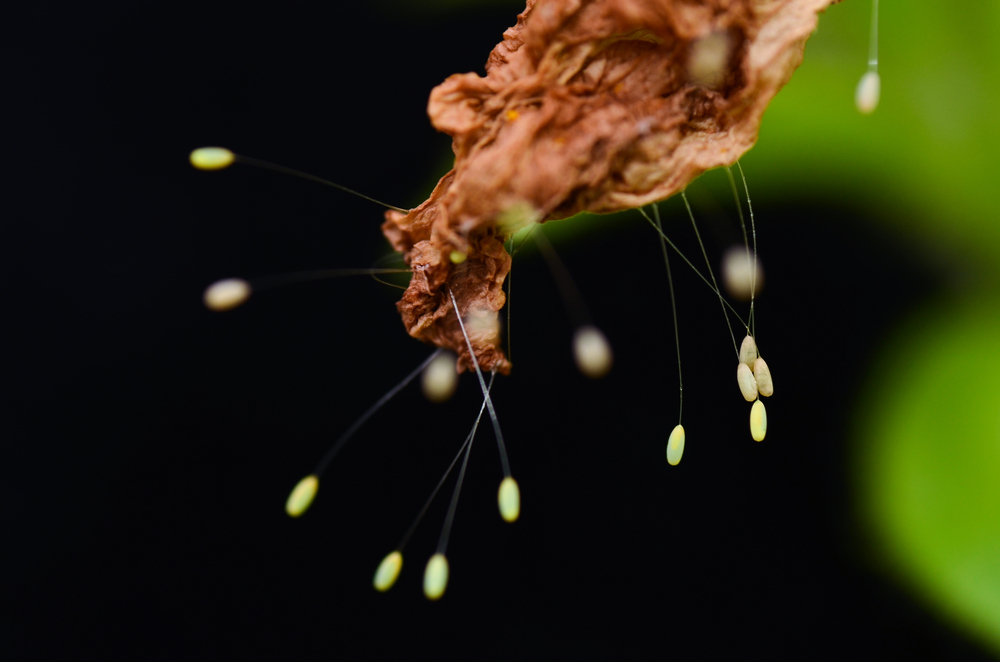The aim is to use the material in the future as a high-grade rigid fiber, for example, in lightweight plastics in transportation technology. It can also be conceivably used in medical technology, for example, as a biocompatible silk coating on implants.
“Unlike most other types of silk, the green lacewing’s egg stalk has a special structure with fascinating mechanical properties: green lacewing silk is extremely rigid and stable. We would like to transfer these special properties to fibers made from this silk. However, until now it has not been possible to produce this type of silk protein in sufficient quantities and purities,“ explains Martin Schmidt, biotechnologist at the Fraunhofer IAP in Potsdam-Golm.
In a joint project with the company AMSilk GmbH, the researcher is working on manufacturing large amounts of green lacewing silk protein with the aid of bacteria using a biotech process. A team led by Professor Thomas Scheibel from the Chair of Biomaterials at the University of Bayreuth conducted the preliminary molecular-biological work. They constructed a special gene sequence which enables bacteria to produce the silk protein. Martin Schmidt is now optimizing the manufacturing process at the Fraunhofer IAP so that the silk protein can be produced inexpensively on an industrial scale. After this step it will be possible to develop the material.
Read the full article on Fraunhofer.



